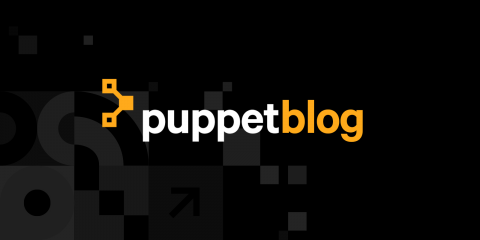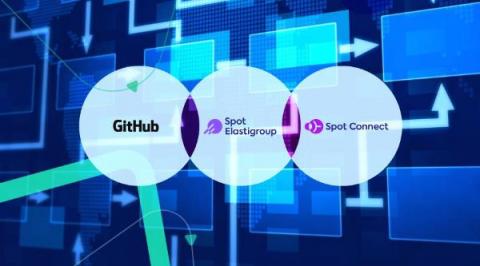Operations | Monitoring | ITSM | DevOps | Cloud
Blog
UNUM's Success Story with Vantage DX For Teams Meeting Rooms
As a distributed global organization with a hybrid workforce, UNUM, a Fortune 500 insurance company, faced unique technological challenges in managing its Microsoft Teams Rooms (MTRs). Research shows that approximately 3% of Microsoft Teams calls are poor or fail each day, with the vast majority caused by IT issues.
The Great Network Observability Debate
You may have heard the term “network observability” regarding solutions that offer a deep and contextual view into the network. You’ve likely heard other terms, such as ‘network visibility,’ “network visualization” and of course “network monitoring.” But, experts argue, what these terms each truly means is still open for debate.
How to Create Powerful, Customized Lua Mailers in HAProxy
SysOps teams know how crucial observability is to maintaining around-the-clock infrastructure health. And while HAProxy already provides reliable logging and stats (for diagnostics and monitoring), what if you could supplement those with a real-time alerting system? That idea inspired our initial inclusion of mailers in HAProxy. Since then, users have been asking for deeper mailer customizability—and we’re thrilled to deliver that with Lua-based email alerts in HAProxy 2.8.
BigPanda-Cribl Integration: Stronger actionable insights within your observability data
Overwhelming volumes and varieties of observability data most businesses encounter on a daily basis is impossible for IT operations teams to manually sift through successfully. This can be a troubling reality when frequent high-value business data is required to consistently maintain the uptime and integrity of your services and applications.
Video: How to Apply the Golden Signals to Your Monitoring Strategy
The Four Golden Signals, developed by Google SREs, are key metrics used to monitor the health of your systems. In today’s complex IT environments, these key metrics can help engineers and IT operations prioritize the most significant issues to address. The Four Golden Signals include: In the following 9-minute video, I focus on two of these signals in particular, latency and errors, because they often result in customer-facing symptoms.
The Hidden Challenges of Troubleshooting Legacy and Monolithic apps in Production
Debugging in production is always a necessary evil. No matter how well your code is written and reviewed, bugs are bound to appear, and their consequences are there for your users to see. While debugging any app has challenges, debugging legacy systems is a different ballgame. From unfamiliarity with the codebase to a lack of knowledge about the tech, your developers can find themselves aimlessly searching for solutions where solutions don’t exist.
Get Started with Puppet: A Tutorial Guide for First-Timers
Simplify GitHub Actions scaling with Spot Connect and Elastigroup
Turning data into mission value in government and education
Government and education leaders estimate that data volume at their organizations will increase by 59% over the next three years. Although having more information than you need is (arguably) better than not having it when you need it, the sheer volume of data can make it challenging for teams to pinpoint exactly what data will bring value to their mission goals.











